|
Today, for the second time this week, we woke to a snow-covered yard. I love snow, but this is getting a bit hard to take. Like this snowshoe hare, I have already changed - at least mentally - into my spring coat. I have covered my flower beds with netting to keep the deer and hares from munching on the spring shoots, seen my first bumblebee (a Tri-coloured feeding on crocuses), gotten out my plant and bird guides to practice all those great naturalist skills I learned last summer, and taken the mountain bike out for a couple of short rides. 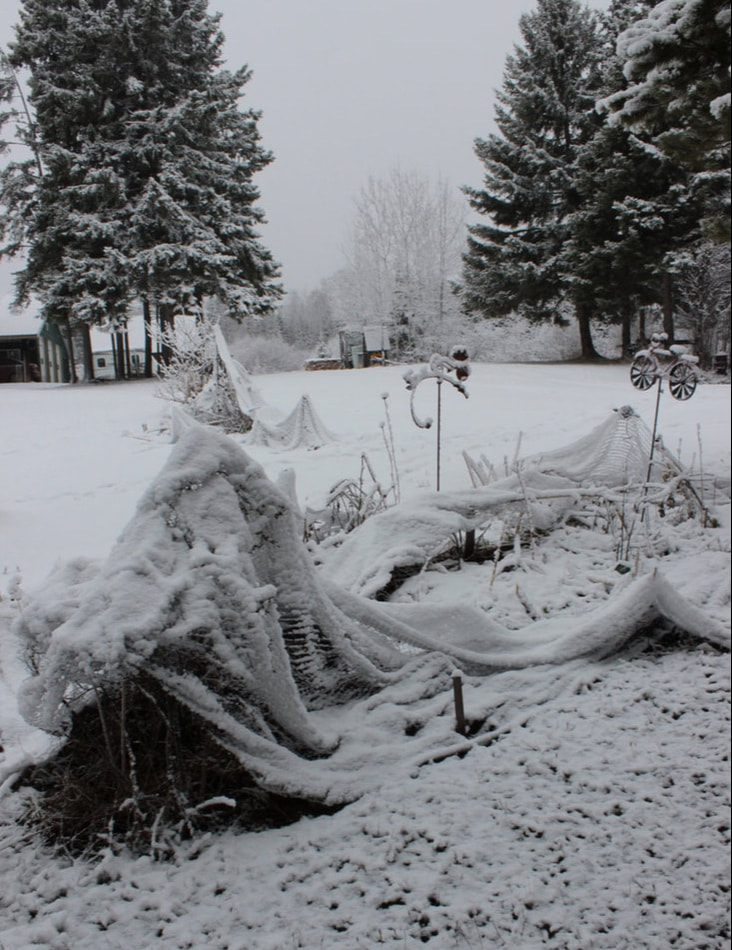 This morning, however, my flowerbeds, with their snow-covered netting, looked like Miss Havisham's abandoned, cobweb covered wedding banquet, the books were adding even more clutter to my desk, the bike stayed in the garage, and I struggled against the urge to become sulky and vengeful. As there was no one in particular to exact vengeance on, I decided to make the best of the situation, put on my long boots and headed out the door with my camera. 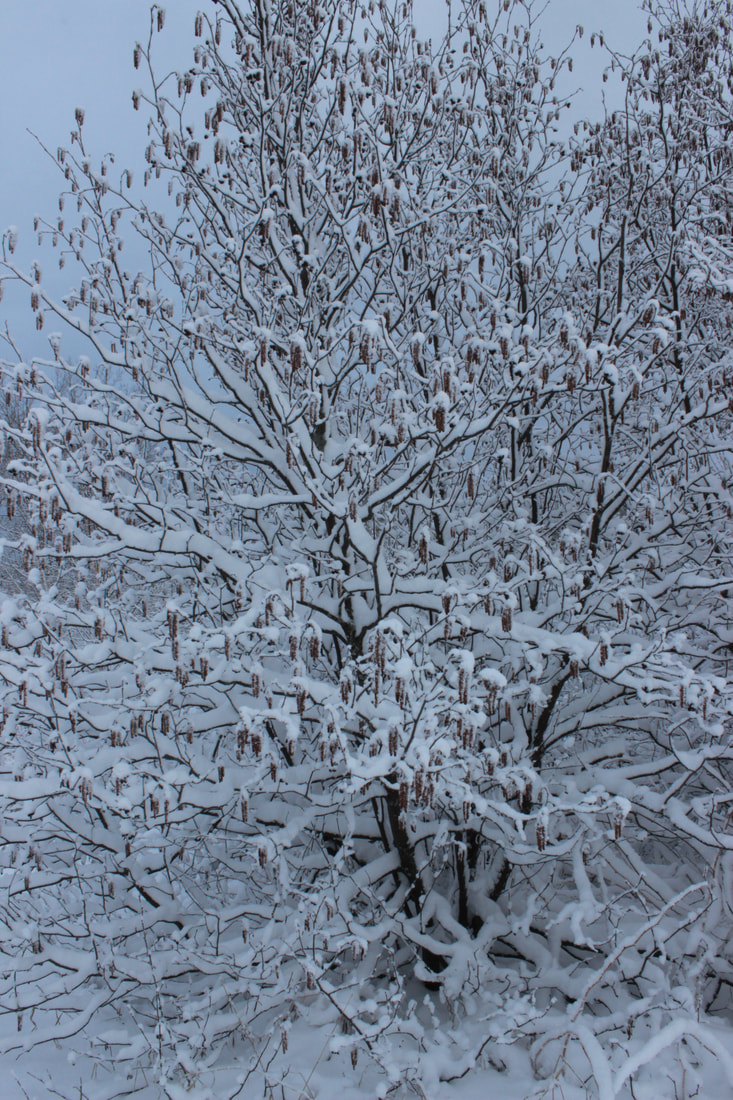 The massed texture of alders always reminds me of brocade or tapestry. In another life I would like to capture this scene with needle and thread. 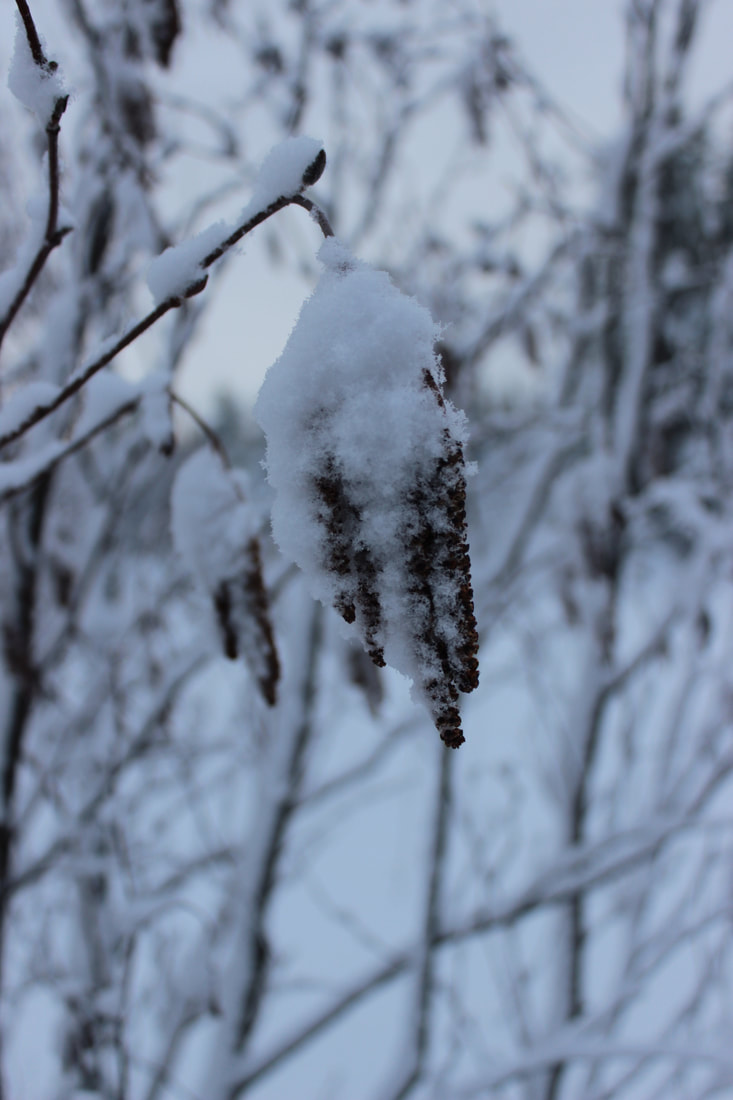 Tag alder (Alnus incana) female flowers muffled in snow. They were sifting clouds of yellow pollen into the air just last week. A prickly snow nest. Hey, I thought, here's a plant I can easily identify and check off in my copy of the Thunder Bay Field Naturalists' Checklist of Vascular Plants. A Hawthorn. How hard can that be? The checklist lists only four Hawthorns found in the Thunder Bay District. My copy of The Sibley Guide to Trees has detailed descriptions of eight species and the intimidating note: "While hawthorns are relatively easy to distinguish from other genera -- they are most similar to crabapples -- identifying species of hawthorns is extremely complex and is best left to specialists." Oh, great! Furthermore, "[v]ariation in hawthorns is attributed to the fact that they are species of clearings and edges, and must have spread quickly with the levelling of eastern forests by European immigrants, leading to rapid adaptation and hybridization. Since hawthorns can reproduce asexually, local mutation or hybrids could then be perpetuated unchanged in subsequent generations." Even better! Maybe I have some unidentifiable mutant here. Of the eight species in the Sibley guide, only one is found on the Thunder Bay Field Naturalists' checklist: Crataegus douglasii (Black Hawthorne), which produces a 1/2" black fruit in the fall. I distinctly remember my shrub bearing small, hard red fruit. So that rules out the Black Hawthorne as a possible ID for my mystery bush. Fortunately, tucked in my Sibley Guide, is a pressed sample of twig with leaves still attached that I must have collected last year. Now I know why I didn't complete the identification! I turn to the internet for more help. I find a few species lists and keys on university and herbarium websites etc. but not too many useful descriptions (at least none with a vocabulary this amateur can decipher). I narrow my search down to species names and start with the first Hawthorn on the Thunder Bay checklist, Fireberry Hawthorn (Crataegus chrysocarpa). I find some lovely detailed descriptions on Natural Resources Canada website. The factsheet for C. chrysocarpa provides a couple of helpful clues. The leaf size: about 4 cm. Other species on the NRC site have larger leaves. The ones on my sample are all about 4 cm! The petiole (the small stem that joins the leaf to the main stem) is glandular and hairy. None of the other Hawthorn species described by NRC mention a hairy petiole. Sure enough, my sample has hairy petioles!
I'm now pretty sure this is a Fireberry Hawthorn (C. chrysocarpa). But not absolutely sure. I could not find good descriptions of the other two species on the Thunder Bay checklist: C. irrasa and C. macracantha, so can't rule those out completely. Oh well, this will have to do for now. Perhaps the flowers, when they finally come out, will help confirm the species. At least I've had a small fix of "naturing" and it's raining now. The snow is slowly disintegrating on the lawn, like splashes of whipped cream melting into a cup of hot chocolate. Meanwhile, while I wait for spring, I can share a favourite picture from last year. Our dog Misho, happily tagging along on a hunt for fiddleheads.
1 Comment
Sharon Windeyer
3/5/2019 01:27:35 pm
Lovely photos, and interesting content!
Reply
Your comment will be posted after it is approved.
Leave a Reply. |
AuthorI'm Elizabeth Pszczolko, a writer living in the woods outside Thunder Bay, Ontario. As a child, I used to keep scrapbooks of nature stuff - drawings, musings, poems. This is my grown up (I use the term loosely) version of those long lost works. For more on what inspires this blog, please see the About page. Archives
November 2023
|
Proudly powered by Weebly

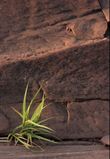
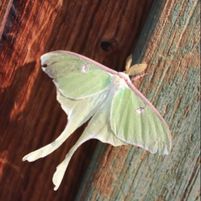
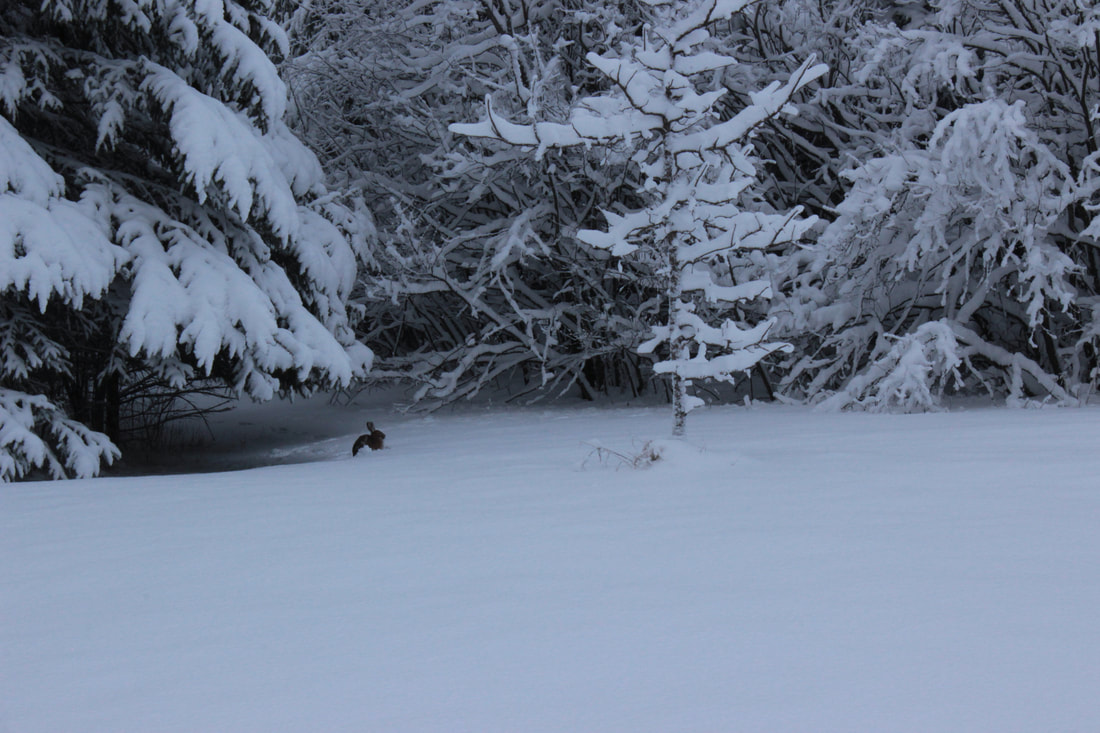
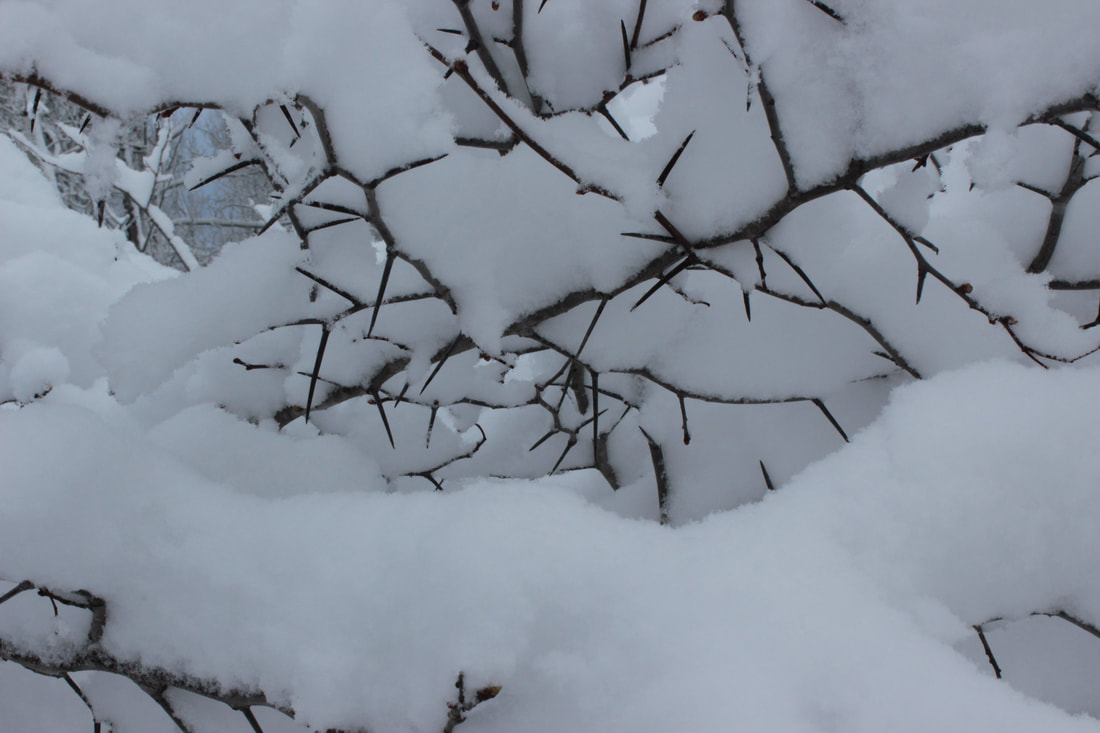
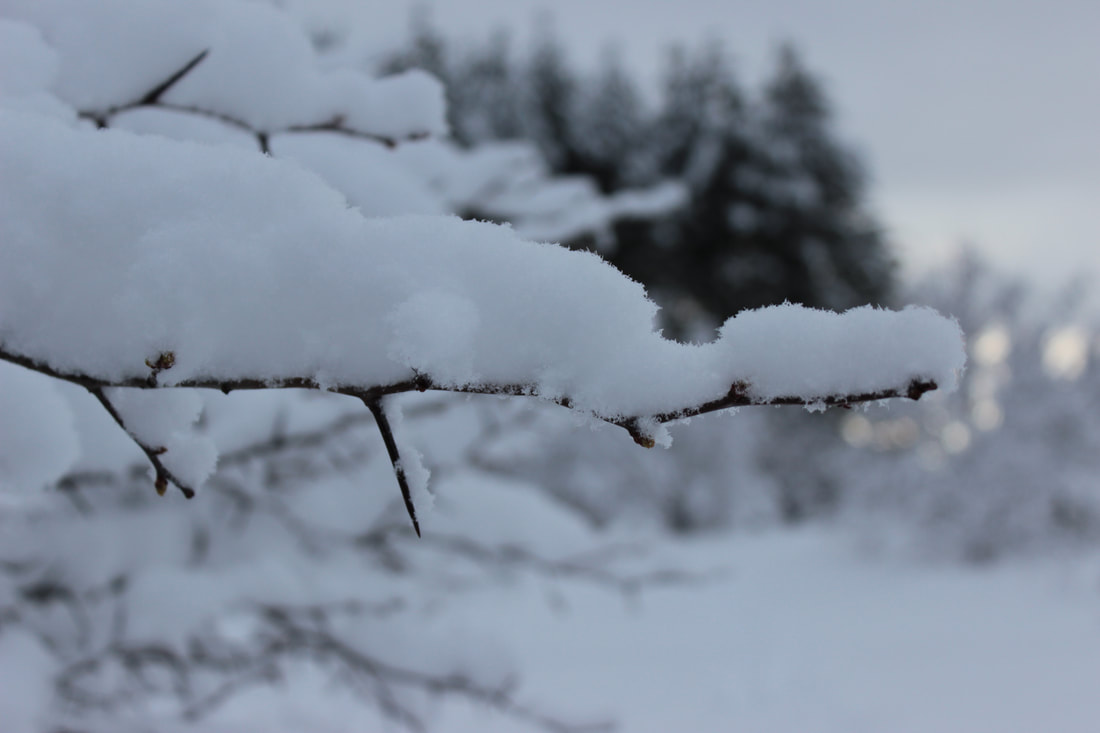
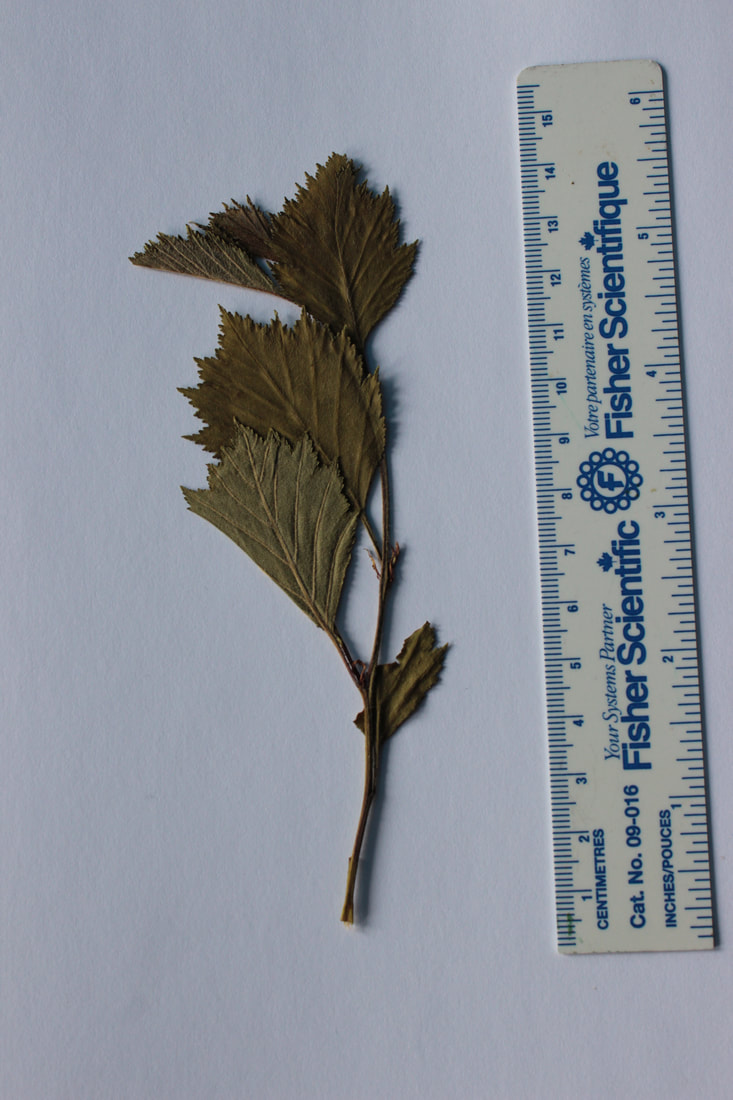
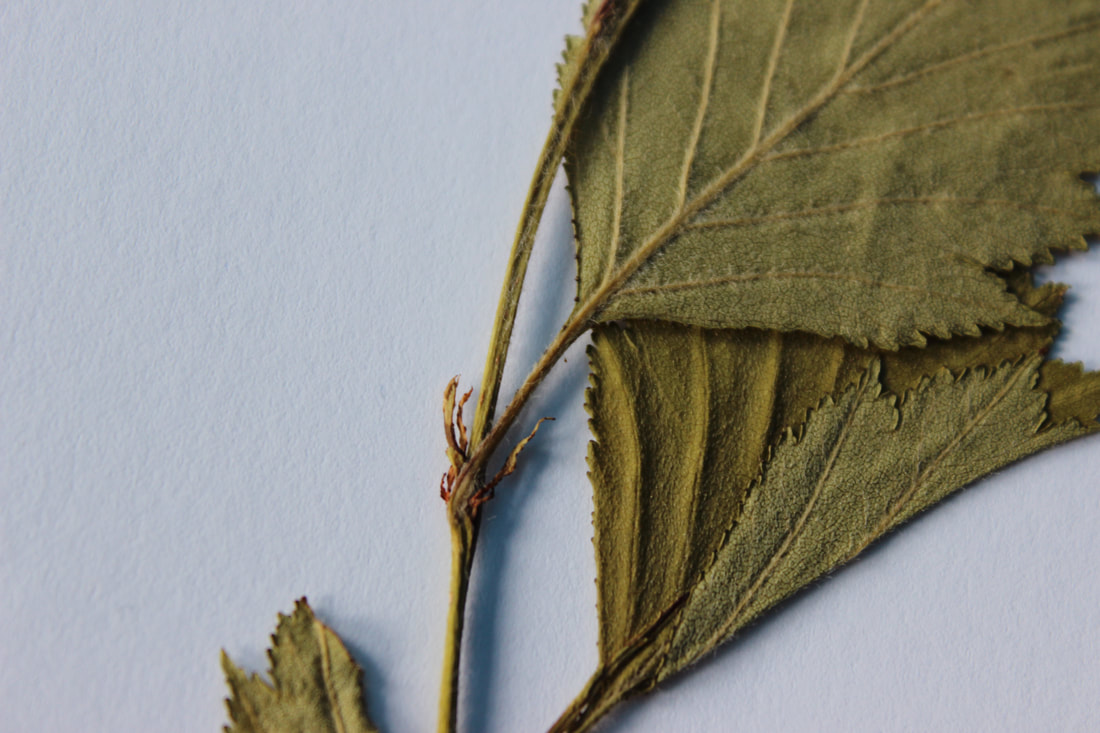
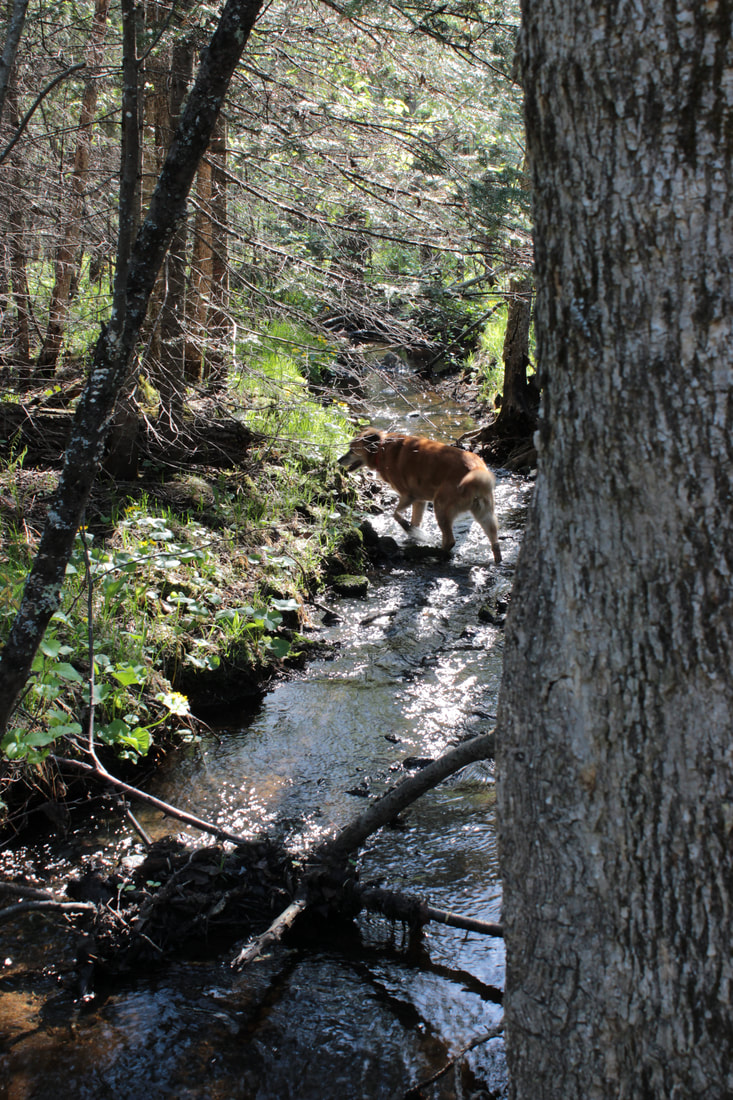
 RSS Feed
RSS Feed